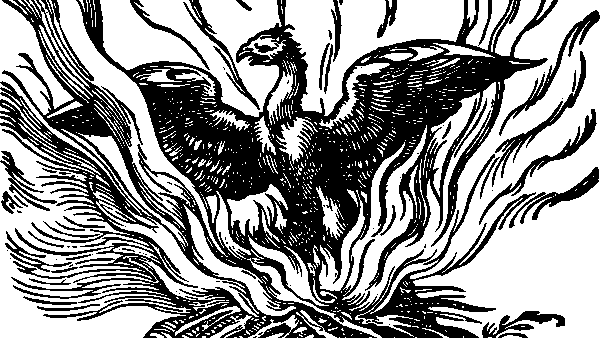What if the “delusions” reported by patients during psychotic episodes were not symptoms of a disease, but valid descriptions of their experiences?
What if the “delusions” reported by patients during psychotic episodes were not symptoms of a disease, but valid descriptions of their experiences?
Laing describes schizophrenia as a kind of journey into the inner self, one that is misunderstood by people in the “normal” world and labelled as madness. Why do we misunderstand it? Because we are so alienated from our own inner worlds that we cannot comprehend someone else’s experiences there. Indeed, we are so alienated that even the thought of going there scares us, threatens us. So we lock people up and call them crazy.
I don’t know nearly enough about schizophrenia to know whether this view of schizophrenia is correct. I am a complete layman. I know that Laing’s views have not been accepted by mainstream psychiatry, which has, in the 40 years since he wrote this book, simply gone further down the road of clinical diagnosis which Laing criticised so vehemently.
Still, I was fascinated by his description of psychotic episodes as a kind of misunderstood spiritual journey back to something we’ve lost. After quoting a lengthy and fascinating first-person account of a psychotic episode by a former sailor called Jesse Watkins, Laing concludes:
“We can no longer assume that such a voyage is an illness that has to be treated… If we can demystify ourselves, we see ‘treatment’… as ways of stopping this sequence from occurring. Can we not see that this voyage is not what we need to be cured of, but that it is itself a natural way of healing our own appalling state of alienation called normality?” (emphasis in the original).
Laing uses the analogy of a formation of planes. One plane may be out of formation, and viewed as abnormal, but in fact it may be the formation of planes that is off course and the solitary plane that is going in the right direction. Laing sees society as being off course in major ways, and so individuals are put in a “double bind” – they find themselves subject to so many contradictory forces that in some circumstances a psychic break is the only way to cope. He is scathing about the “normal” person, who is so worldly, has forgotten about childhood and dreams, has no idea of the inner world and consequently is a “shriveled, dessicated fragment of what a person can be.” He sees this as contributing to the insane state of society:
“The condition of alienation, of being unconscious, of being out of one’s mind, is the condition of the normal man. Society highly values its normal man. It educates children to lose themselves and to become absurd, and thus to be normal. Normal men have killed perhaps 100,000,000 of their fellow normal men in the last fifty years.”
The book is one of those cobbled-together affairs – one chapter was a lecture here, another was an essay there. They’ve been edited into a whole, but not a particularly coherent one. The ideas in the book are fascinating, and in places, particularly towards the end, the writing was clear and even beautiful. But some parts were tangential or even impenetrable to me. The book’s opening chapter, with long explanations of how I do not experience your experience, but I experience you as experiencing, and experience myself as experienced by you, etc., etc., etc., etc., almost put me off. I’m glad I persevered, though. The payoff came later in the book, in the form of fascinating ideas that set me thinking in new ways.



There is 1 comment
God I love this kind of thinking. The repetition of the droning hum of the “normal” world is unbearable. Lang’s mind is like a sip of hot cider after burning oneself down to dehydration with dangerously excessive exercise.